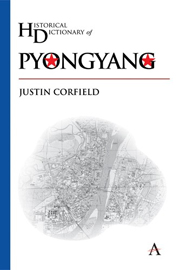Introduction
Summary
The city of Pyongyang is famous around the world as the capital city of the Democratic People's Republic of Korea (DPRK), which was run by Kim Il Sung from 1945 until his death in 1994 and by his son Kim Jong Il until his death in 2011. Although it is possible for most Westerners to visit the city, including US citizens, who had previously faced restrictions, it attracts relatively few tourists in spite of its interesting history and truly magnificent buildings and monuments; although it has long been open to Chinese businessmen and tourists.
There is clear archaeological evidence of settlement going back to prehistoric times. The word pyongyang in Korean is a reference to a flat plain irrigated with a large river, which is ideal for agriculture, and therefore also habitation. There was probably a settlement there well before the first mention of it, some 2,200 years ago. Pyongyang used to be known as the ‘capital of willows’, but with wars and destruction, there are few old willow trees left.
Pyongyang grew in importance during the Koguryo (Goguryeo) dynasty, which made it their capital in 427 AD. However, it was captured by the southern kingdom of Silla in 676, and the focus of Korean government moved south. These events are important in the modern historiography of the Democratic People's Republic of Korea (DPRK), which celebrates Koguryo because it was a kingdom dominated from northern Korea, and although it was sacked in the 660s, the new Koryo kingdom proclaimed Pyongyang as one of its capitals in 918 – and this kingdom is also celebrated in the DPRK.
- Type
- Chapter
- Information
- Historical Dictionary of Pyongyang , pp. vii - xiiPublisher: Anthem PressPrint publication year: 2013

